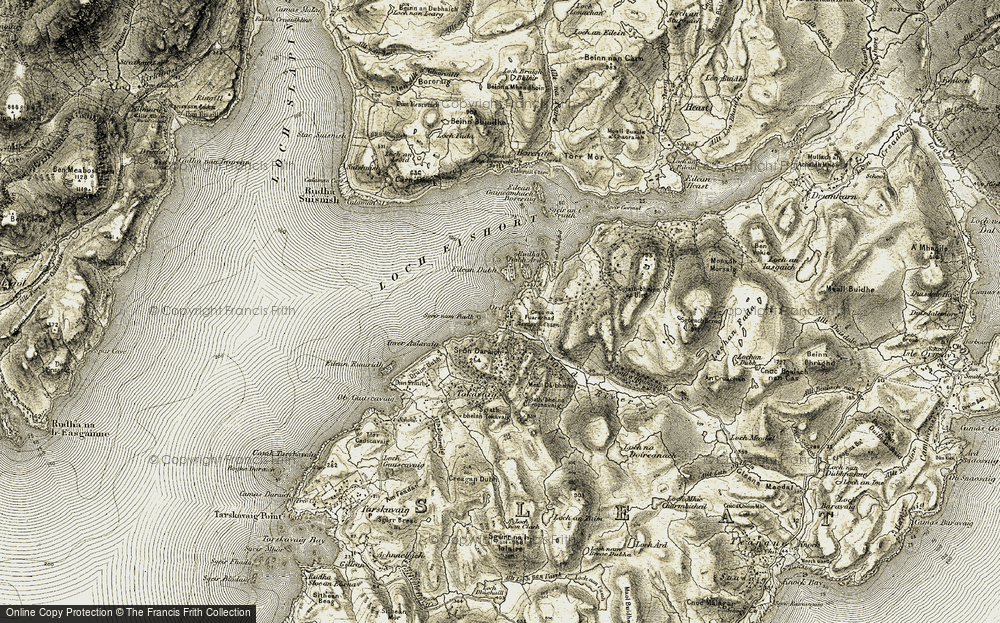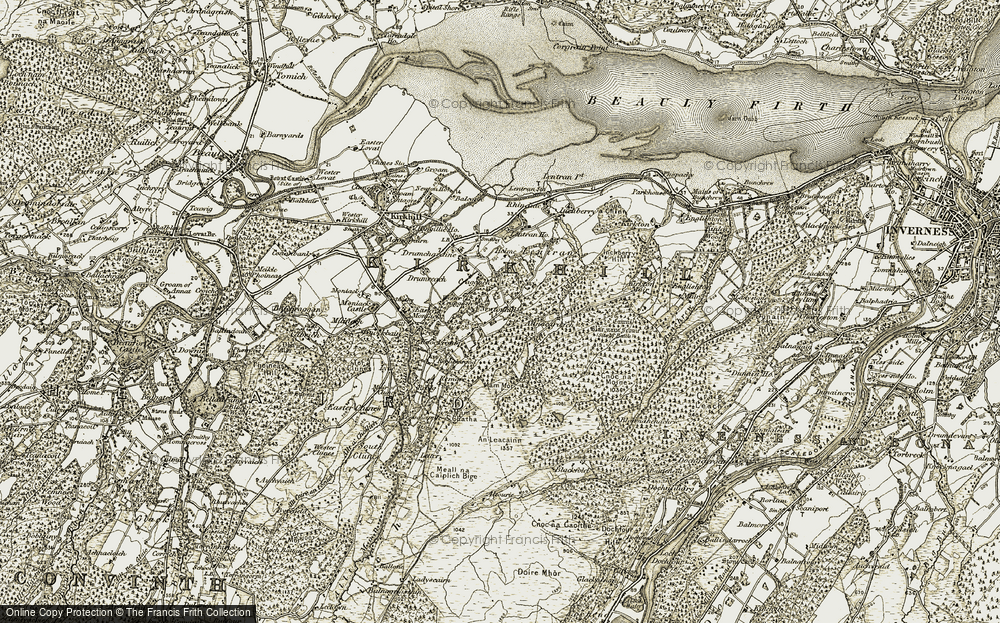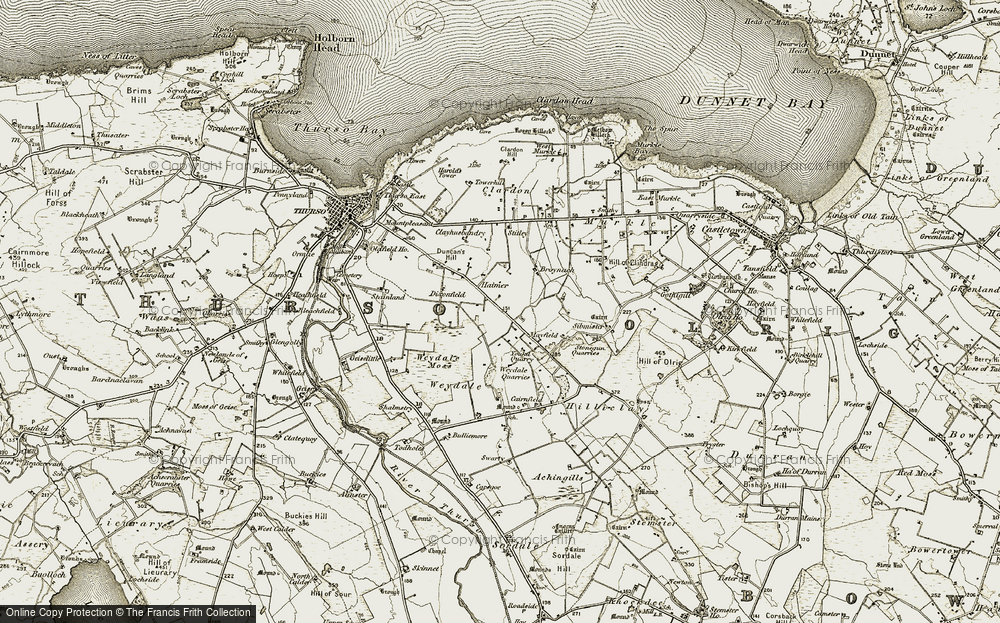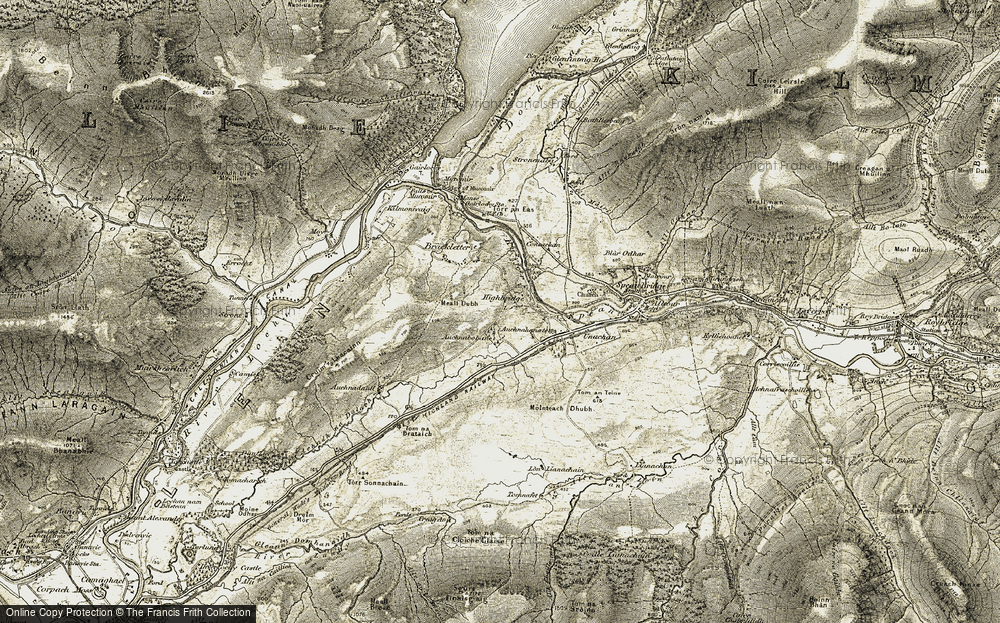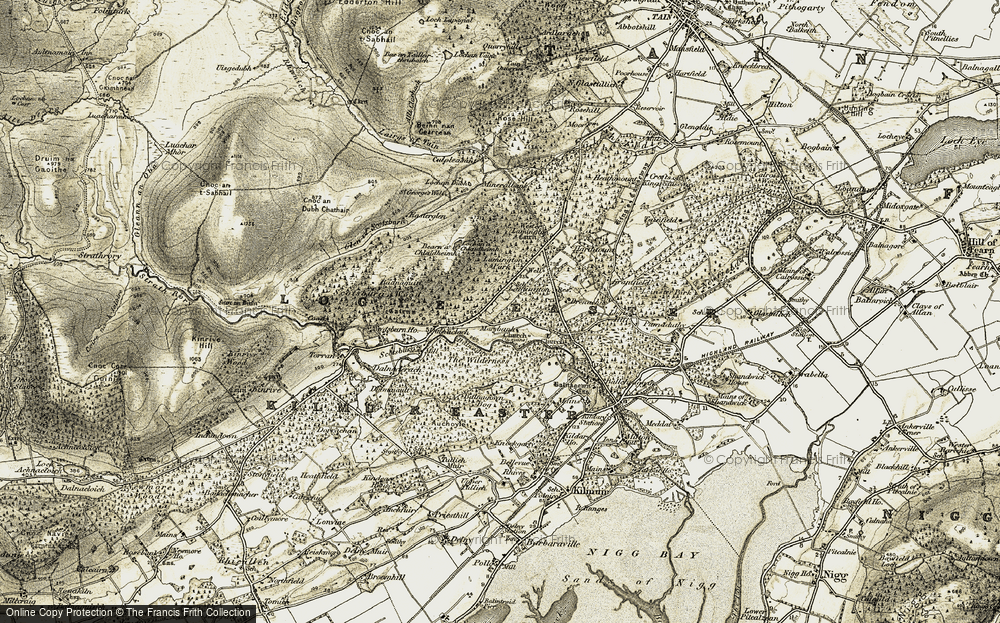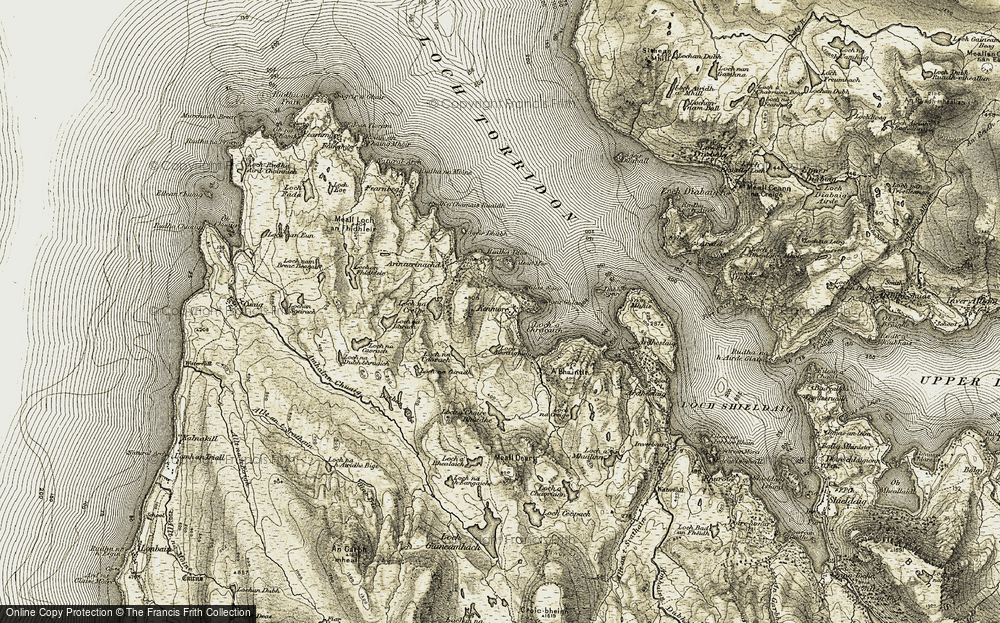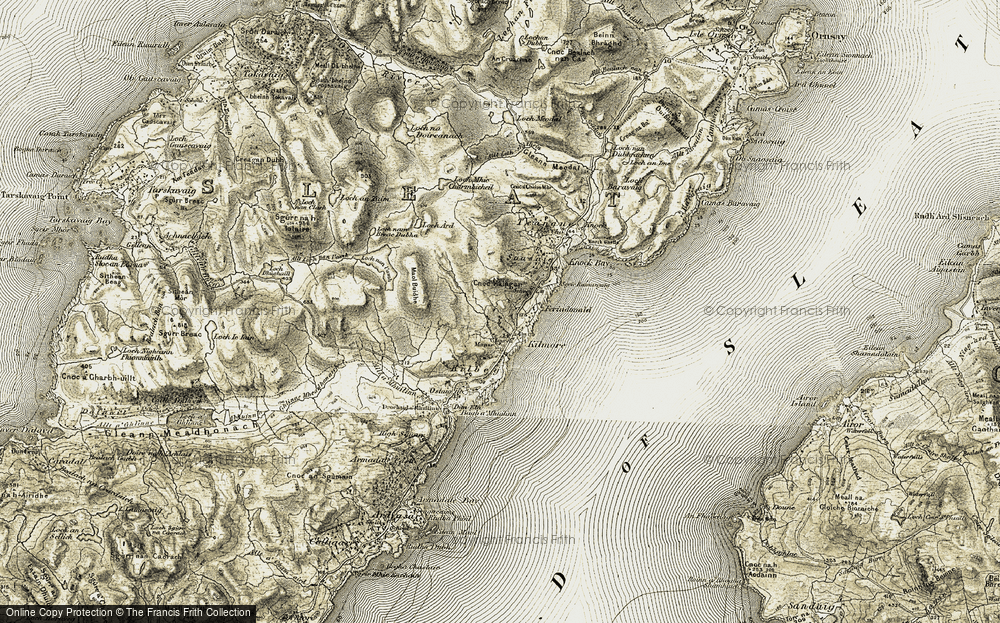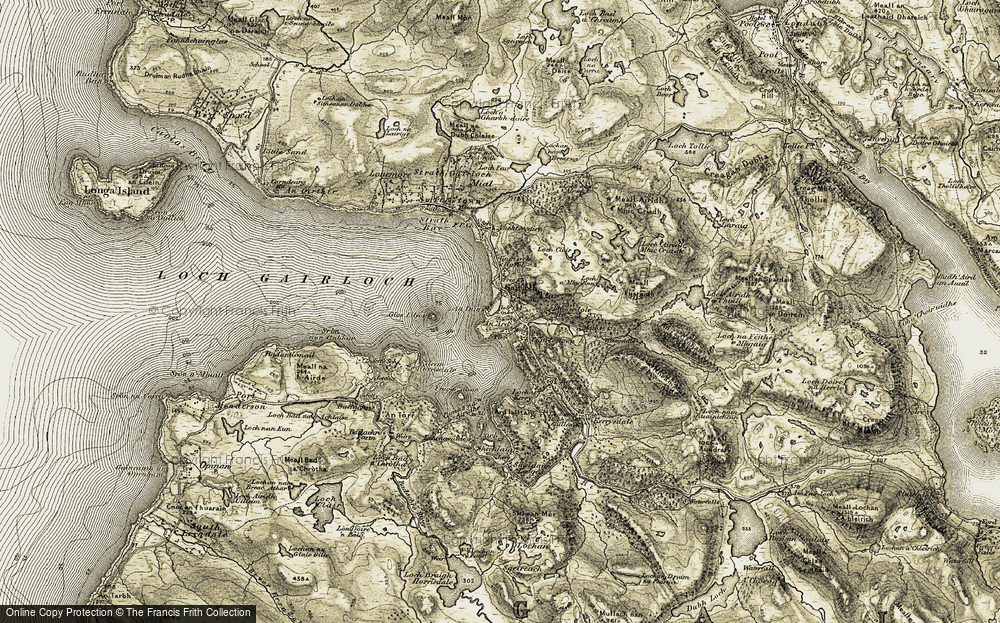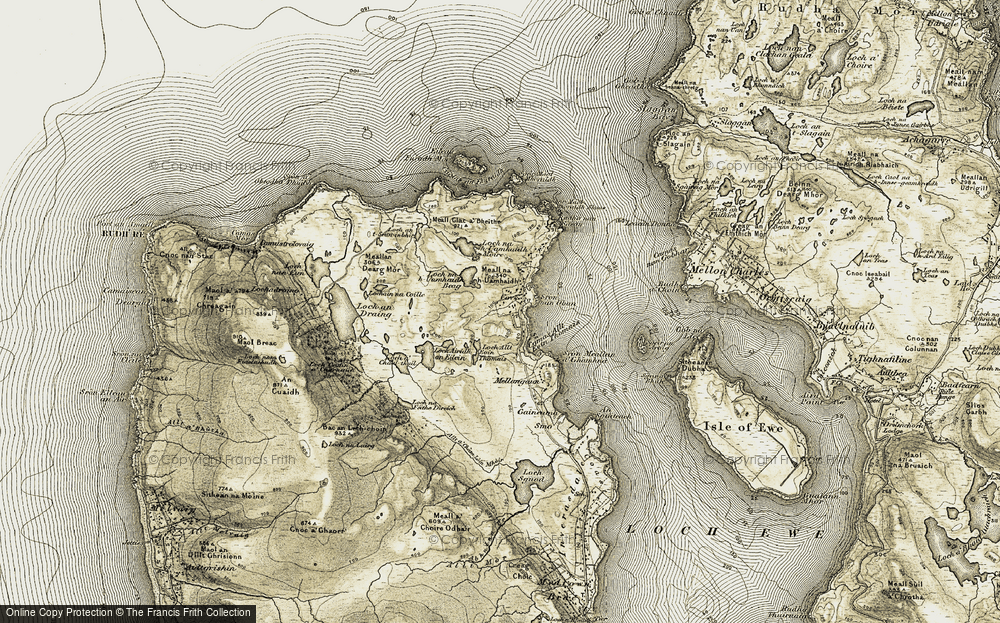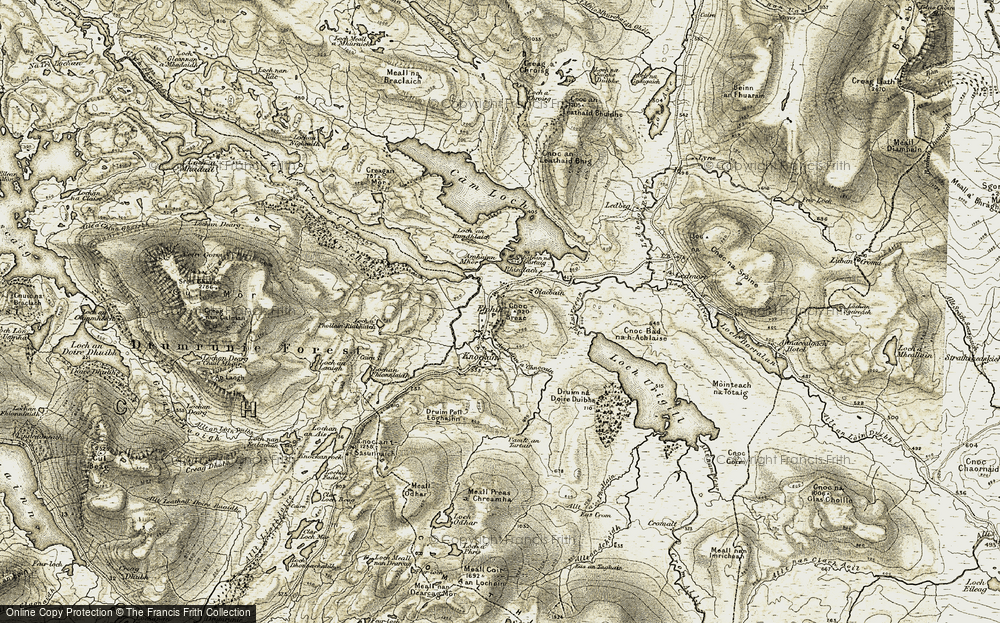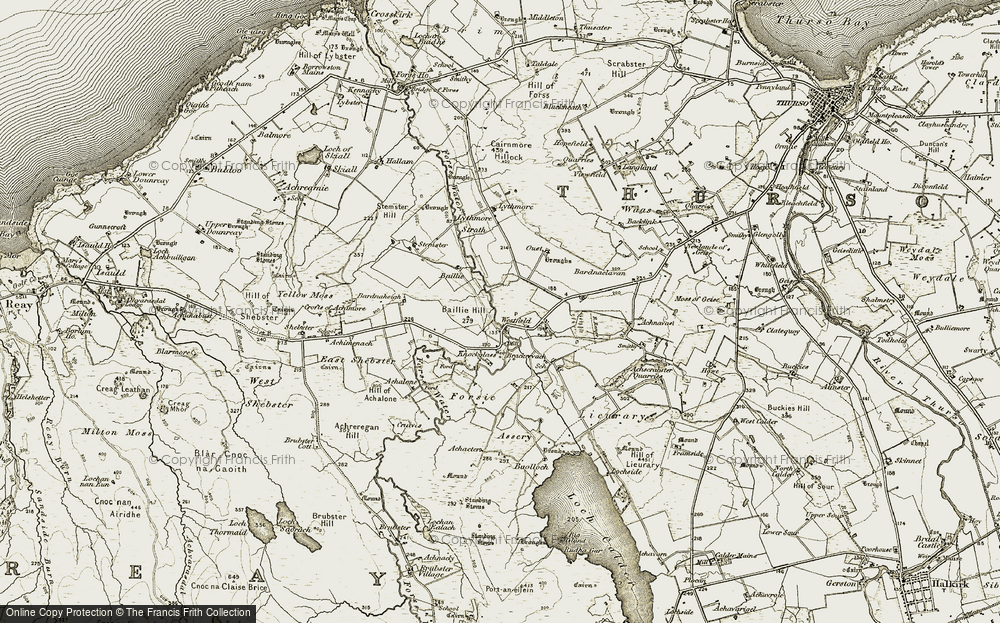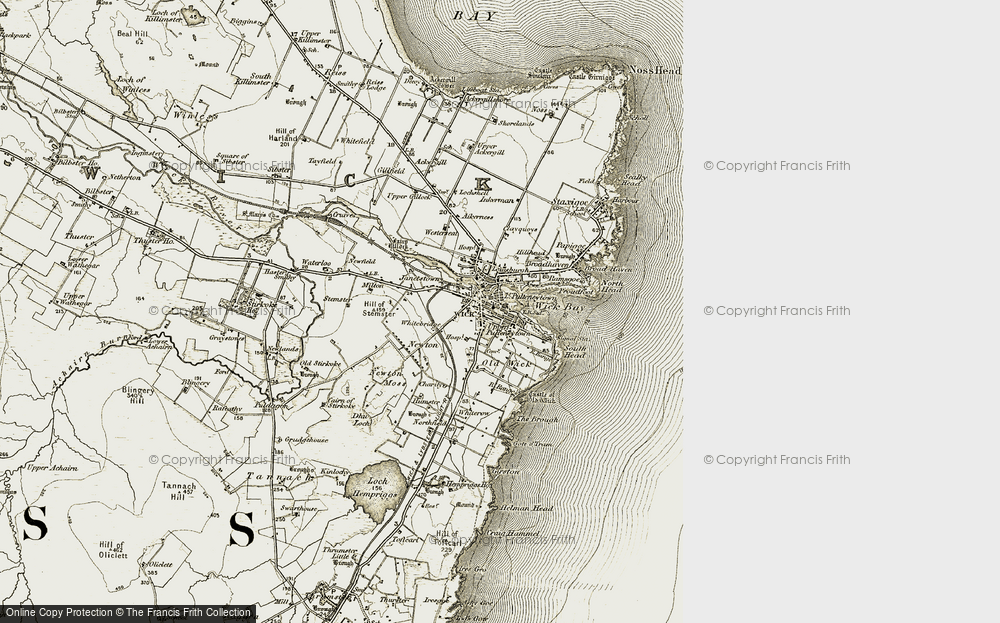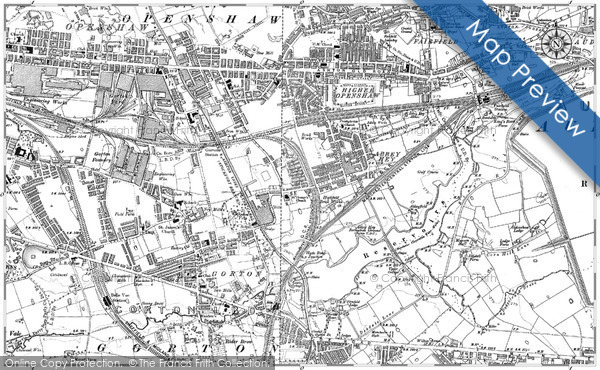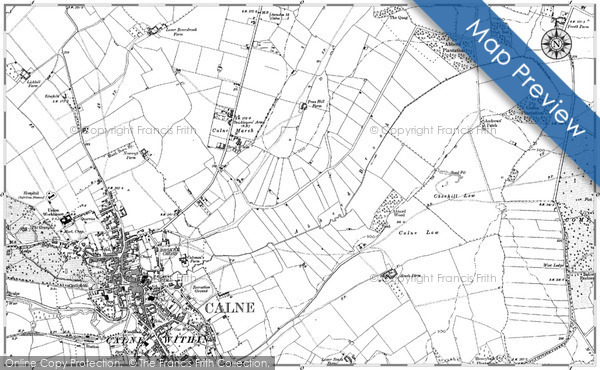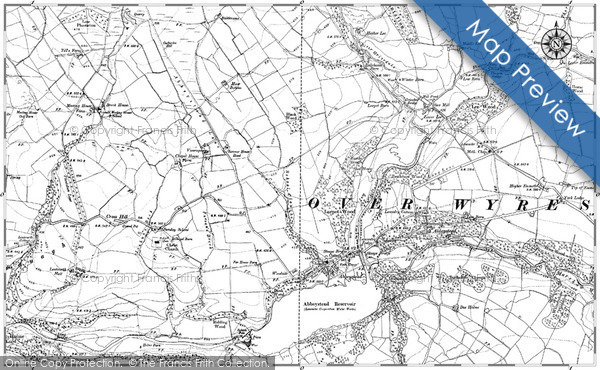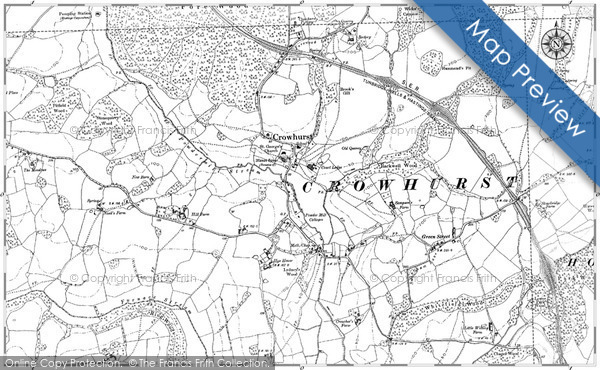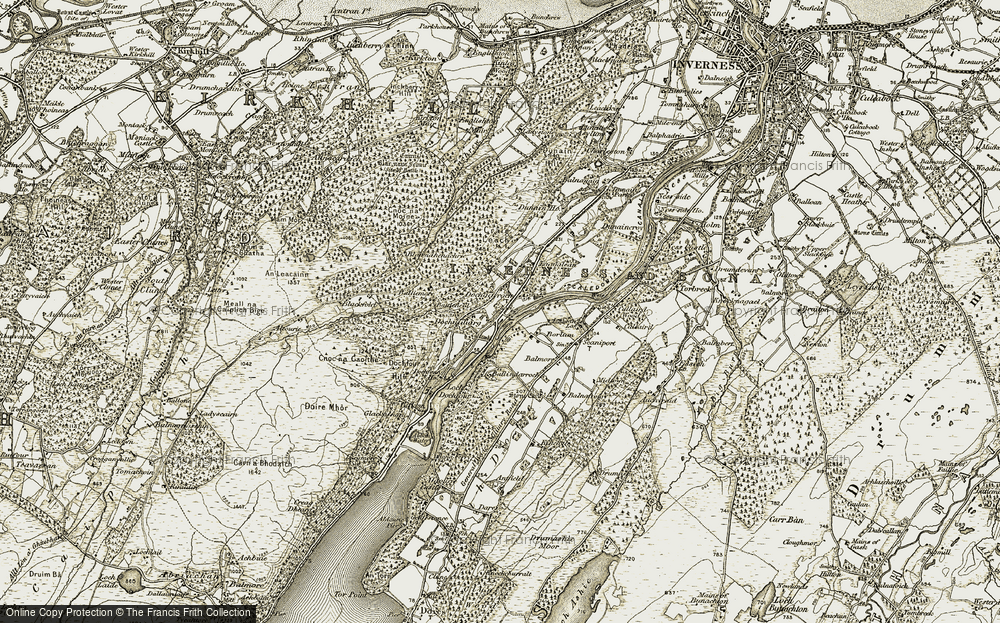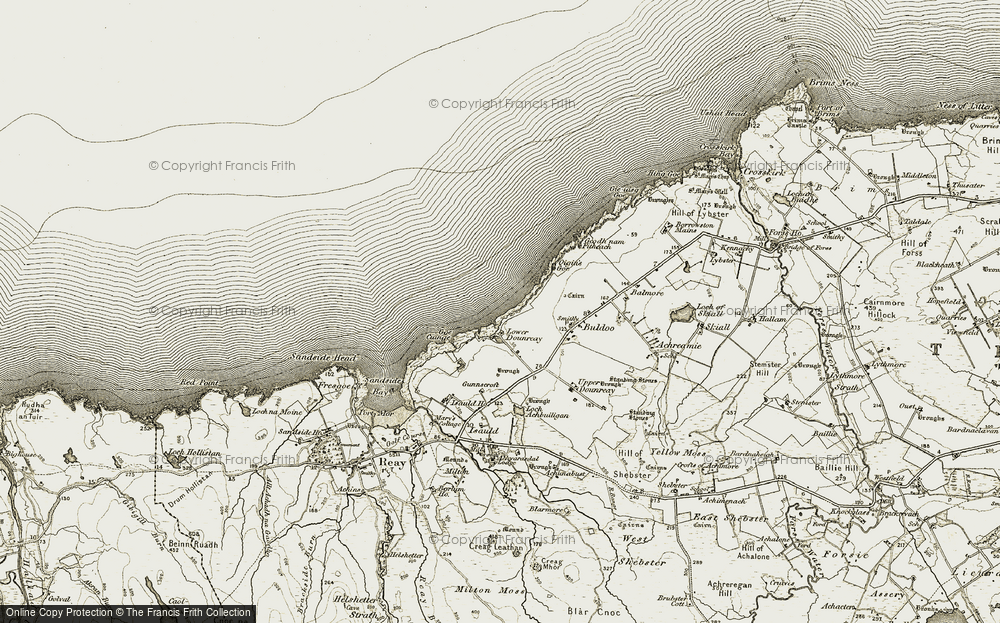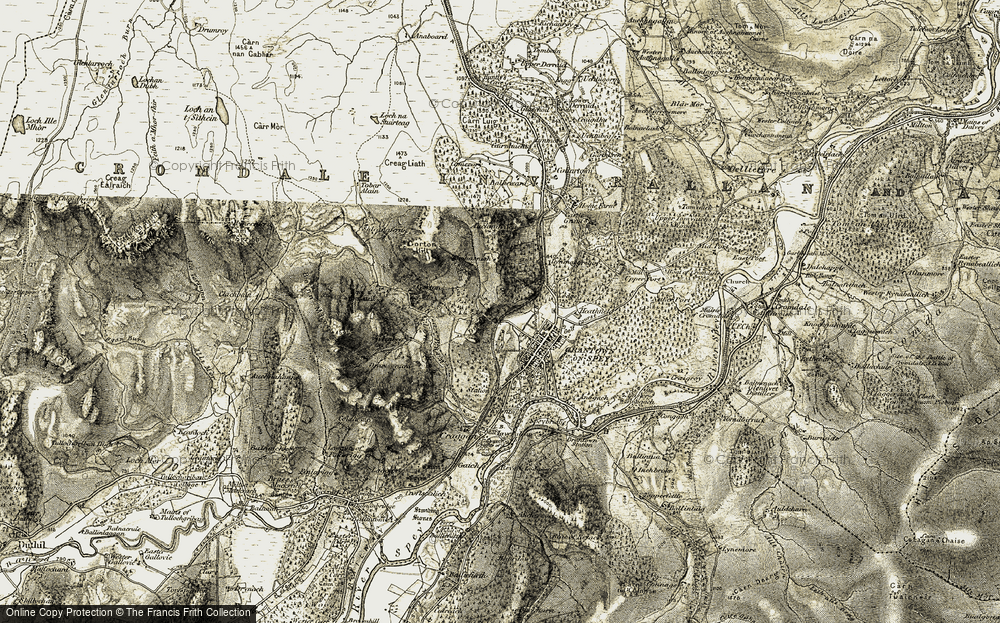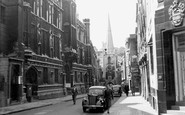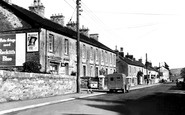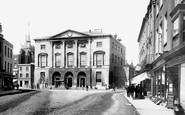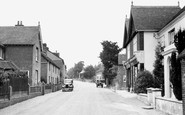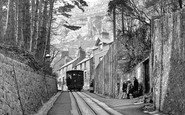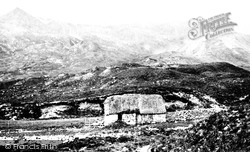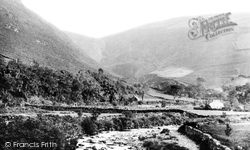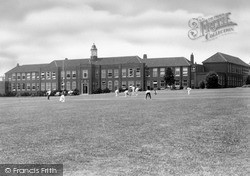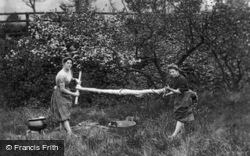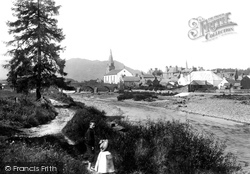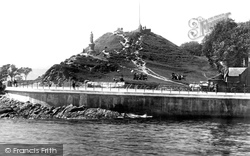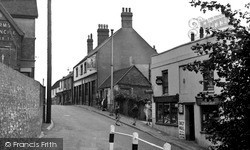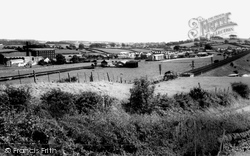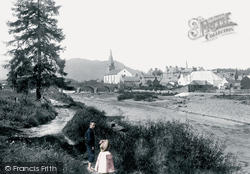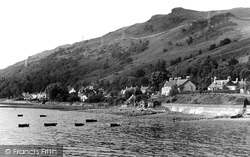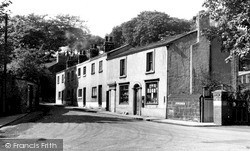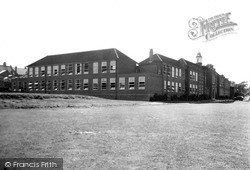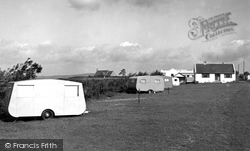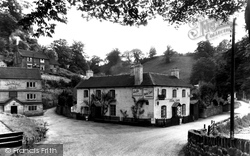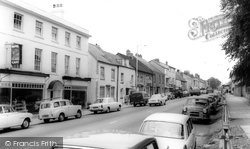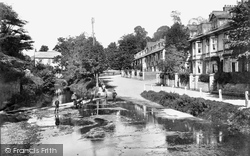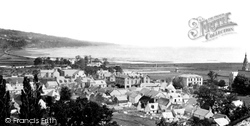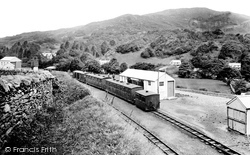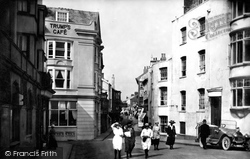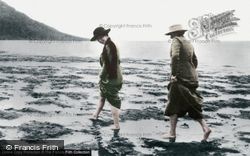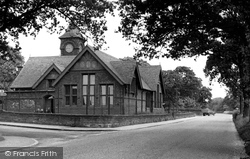Places
9 places found.
Those places high-lighted have photos. All locations may have maps, books and memories.
Photos
20 photos found. Showing results 101 to 20.
Maps
1,296 maps found.
Books
2 books found. Showing results 121 to 2.
Memories
613 memories found. Showing results 51 to 60.
Bramley In The Years 1935 To 1941
Now 80 years of age I used to live with my Mum and Dad and brother Michael in Lincroft Crescent just above the Sandford estate. The houses were new and rather small though we were so happy there ...Read more
A memory of Bramley in 1930 by
St John's Gate Broad Street
St John's Gate in Broad Street in Bristol is the only surviving medieval city gateway, at one one time there were seven gates into the old city. Fortified gateways pierced the town wall at intervals. St John's Gateway, ...Read more
A memory of Bristol by
Wonderful Memories Growing Up In Bassaleg
I lived in Bassaleg from the age of 3, (1955), when Church Crescent and surrounding area was being developed. I lived in Church Crescent with my family until I left for Manchester in 1976. I went to the ...Read more
A memory of Bassaleg in 1966 by
Ww2 Fearnana Refuge In The Storm
A hush lies over Fearnan now except for the songbirds. No cockerels greet the morning. The once abundant fields are barren; many of the cottages are used only for vacations and are shuttered in winter. The 100 ...Read more
A memory of Fearnan by
Happy Memories Of South Woodford
My family lived in Hillcrest Road, South Woodford from 1960 to 1973. I had a very very happy childhood there (am still happy though) but had to move to Brighton to attend a deaf school and to avoid the need to ...Read more
A memory of South Woodford in 1965 by
Chelmsford, Shire Hall 1895.
Many years ago the Shire Hall was where the Quarter Sessions trials were held. This would be the same as the Crown Court trials of to-day. The magistrates court was held in an old building which can still be seen in ...Read more
A memory of Chelmsford by
Mulben Station 1901 1909
My grandfather, Robert Urquhart, was a Signalman/ Porter, employed by the Highland Railway. He had served at Forres and Elgin before transferring to Mulben, about 1901. Robert (Bob) and wife Margaret (Maggie) already had three ...Read more
A memory of Mulben in 1900 by
The High Street Sayer's Store 'nim' And Phyl Alen
My name is Barbara Tester and I live in Brisbane, Queensland, Australia. My beloved (late) husband, Brian Tester, was born on 26th July, 1930 at No. 1 Station Cottages, 1 Station Road, Ardingly. His ...Read more
A memory of Ardingly in 1958 by
''tram Crash On Tabor Hill''
On Tuesday, August 23rd 1932 there occurred at almost exactly the same spot from which this photo was taken, the most serious runaway and crash that ever ocurred on the line. Car no. 4 broke away from the haulage cable at ...Read more
A memory of Llandudno in 1930 by
Goldthorpe In The Fifties
I was born in 1946 and lived in Manor Avenue. Cricket with dustbin lids propped up with a house brick in the "backins" were our stumps and we played from dawn to dusk during the summer holidays...except during Wimbledon ...Read more
A memory of Goldthorpe by
Captions
157 captions found. Showing results 121 to 144.
During 2005 Lincolnshire Development, part of Lincolnshire County Council, prepared a bid for European funding under Objective 2 for the Boston Southern Enterprise Zone in the Marsh Lane area south
This wild and rocky landscape is typical of the Highlands. The quartzite peaks of Beinn Eighe are in the background.
Karrin and Slieav Managh, Sulby Glen was often referred to by the Victorians as 'the Manx Switzerland', though the compilers of the Baedecker Guides thought the place more reminiscent of the Scottish Highlands
Opened in 1929, the County High later became Abbey High and then, in 2002, Trinity High.
It was served by a branch line of the Highland Railway from Fodderty Junction. Are these girls laundresses at one of the hotels?
Situated between Crieff and St Fillans on the Highland fault line, Comrie is famous for the number of earth tremors experienced by its inhabitants.
The statue is of Burns's Highland Mary, who was born at Auchnamore Farm nearby. The statue was erected in 1896.
Minster on the Isle of Sheppey has two public houses in its High Street, as we can see here: The King's Arms is on the left, and The Highlander in the centre.
Pictured from Highland Brow, the scene looks across the railway and the A6 to Thompson Mill, which operated as a silk mill from 1792 until 1971.
Situated between Crieff and St Fillans on the Highland fault line, Comrie is famous for the number of earth tremors experienced by its inhabitants.
Arrochar is a picturesque village in the south-west Highlands, at the head of Loch Long.
Leading to Runcorn Hill, Highlands Road and the surrounding area is a lovely part of the town. Of the cottages shown here only the one in the foreground still survives.
Opened in 1929, the County High later became Abbey High and then, in 2002, Trinity High.
A small-scale start for what is now Highlands End Caravan Park. here we are Looking north towards St Peter`s Church, on The Mount.
When W H N Nithersdale wrote his book on the Highlands of Staffordshire, he was impressed by the number of public houses in the village, all of which did a roaring trade during the summer months and at
A small-scale start for what is now Highlands End Caravan Park. here we are Looking north towards St Peter's Church, on The Mount.
Here we see the eastern end of the High Street, with the wall of the Congregational Church on the right.
The River Sid starts its short journey to the sea amidst the high land at Broad Down and Farway; here the Bronze Age inhabitants of East Devon buried their dead.
It was the home town of General Hector MacDonald (1853–1903), who enlisted in the 92nd Highlanders at the age of 17.
When W H N Nithersdale wrote his book on the Highlands of Staffordshire, he was impressed by the number of public houses in the village, all of which did a roaring trade during the summer months and
A train has halted outside the station on the narrow-gauge Welsh Highland Railway.
The River Sid starts its short journey to the sea amidst the high land at Broad Down and Farway; here the Bronze Age inhabitants of East Devon buried their dead.
In earlier days, during his visit to the Highlands, Dr Johnson was entertained at Inverary by the 5th Duke. It was to Inverary that MacIan of Glencoe was sent to swear allegiance to William III.
The village of High Legh probably gets its name because it was an early settlement in a forest clearing sitting on high land.
Places (9)
Photos (20)
Memories (613)
Books (2)
Maps (1296)




